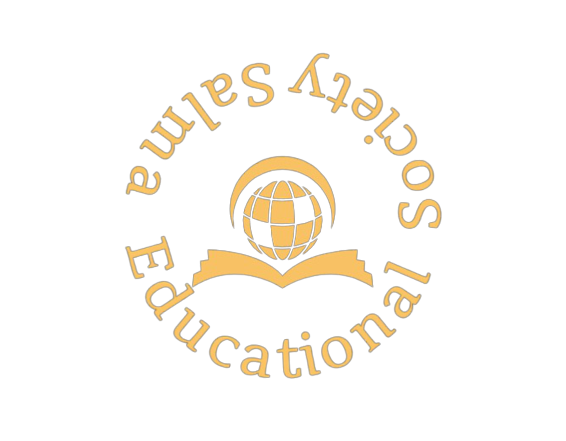Global Attractive Index for Money laundering using Walker’s Gravity Model: An Approach to Determine the Preferred Destinations
DOI:
https://doi.org/10.58622/ijsse.v5i2.358Keywords:
Illegal Funds Flow, Money Laundering, Money Laundering Attractiveness Index, Organized Crime, Walker’s Gravity Model, World BankAbstract
This study develops a Money Laundering Attractiveness Index (MLAI) for the countries that are preferred for money laundering. The study first discussed the concept of money laundering and the size and volume of money laundered. Walker’s Gravity Model has been used to determine the preferred destinations. The model was developed by John Walker to estimate the illegal funds flow globally. The model consists of two segments, including attractiveness and distance. Data from 2002 to 2022 has been collected and analyzed across approximately 150 countries. The study examined the flow of illegal funds from the source country to the preferred destination among all income groups classified by the World Bank. The results show that countries with stable economic conditions and a higher standard of living hold the top positions in the money laundering attractiveness index. The study underscores the need for coordinated global action and recommends revisiting current anti-money laundering strategies. The proposed index offers a valuable tool for intergovernmental bodies and policymakers to develop more targeted and effective responses against organized crimes like money laundering.









